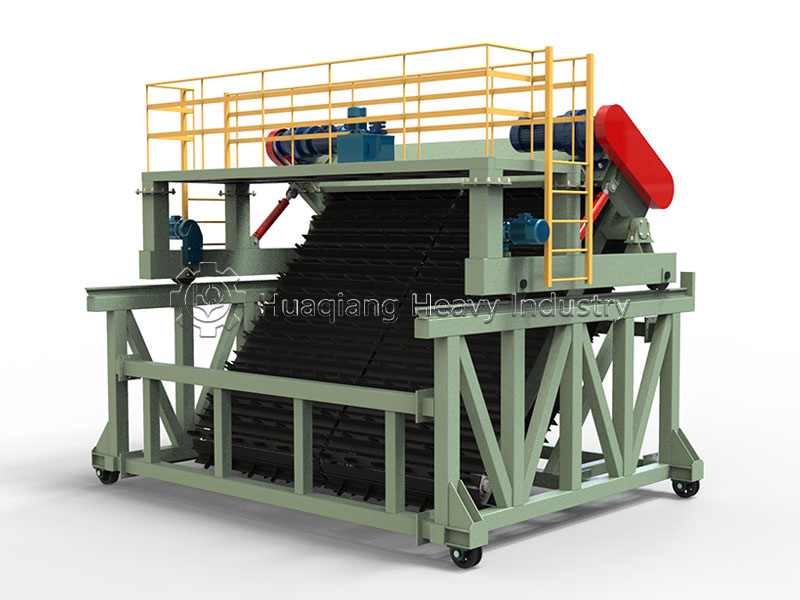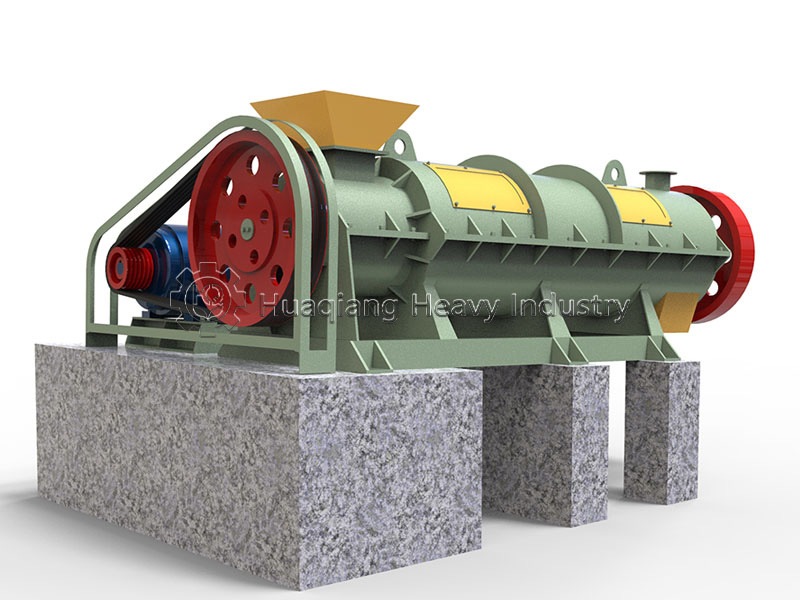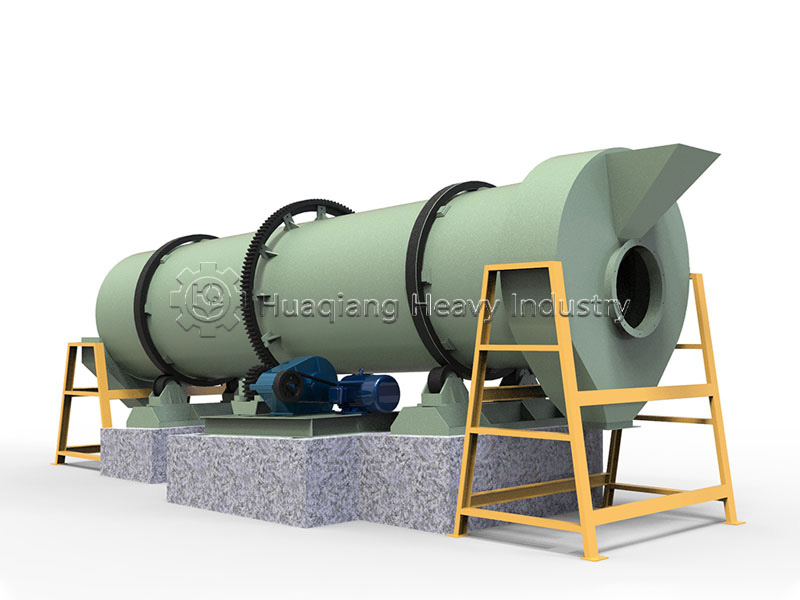Chain compost turning machine: High-efficiency fermentation equipment in bio-organic fertilizer production lines
In modern bio-organic fertilizer production lines, the chain compost turning machine, as a key piece of equipment, plays a vital role in the material fermentation process due to its unique working method and reliable performance.
Unlike windrow compost turning machines, the chain compost turning machine employs a special chain drive design, driving the turning plates in a cyclical motion within the fermentation tank. This operating method effectively breaks up material compaction, ensuring sufficient oxygen supply to the fermentation pile and promoting the active reproduction of functional microorganisms. In bio-organic fertilizer equipment systems, this efficient oxygen supply method is particularly important for maintaining microbial activity.

In actual operation, the chain compost turning machine demonstrates unique advantages. Its turning depth can be flexibly adjusted according to material characteristics, meeting the needs of different fermentation stages. Compared to windrow compost turning machines, the chain structure operates more smoothly and reliably, with relatively lower maintenance costs, making it particularly suitable for continuous, large-scale bio-organic fertilizer production lines.
In a complete bio-organic fertilizer equipment configuration, the chain compost turning machine and the windrow compost turning machine form a good complementary relationship. Windrow compost turning machines are typically suitable for windrow fermentation in open areas, while chain compost turning machines excel in trough fermentation systems. This combination of equipment provides more flexible and diverse process options for bio-organic fertilizer production lines.
As an important component of the bio-organic fertilizer equipment system, the chain compost turning machine, with its stable and reliable performance and good economic efficiency, is becoming the ideal equipment for an increasing number of enterprises.






